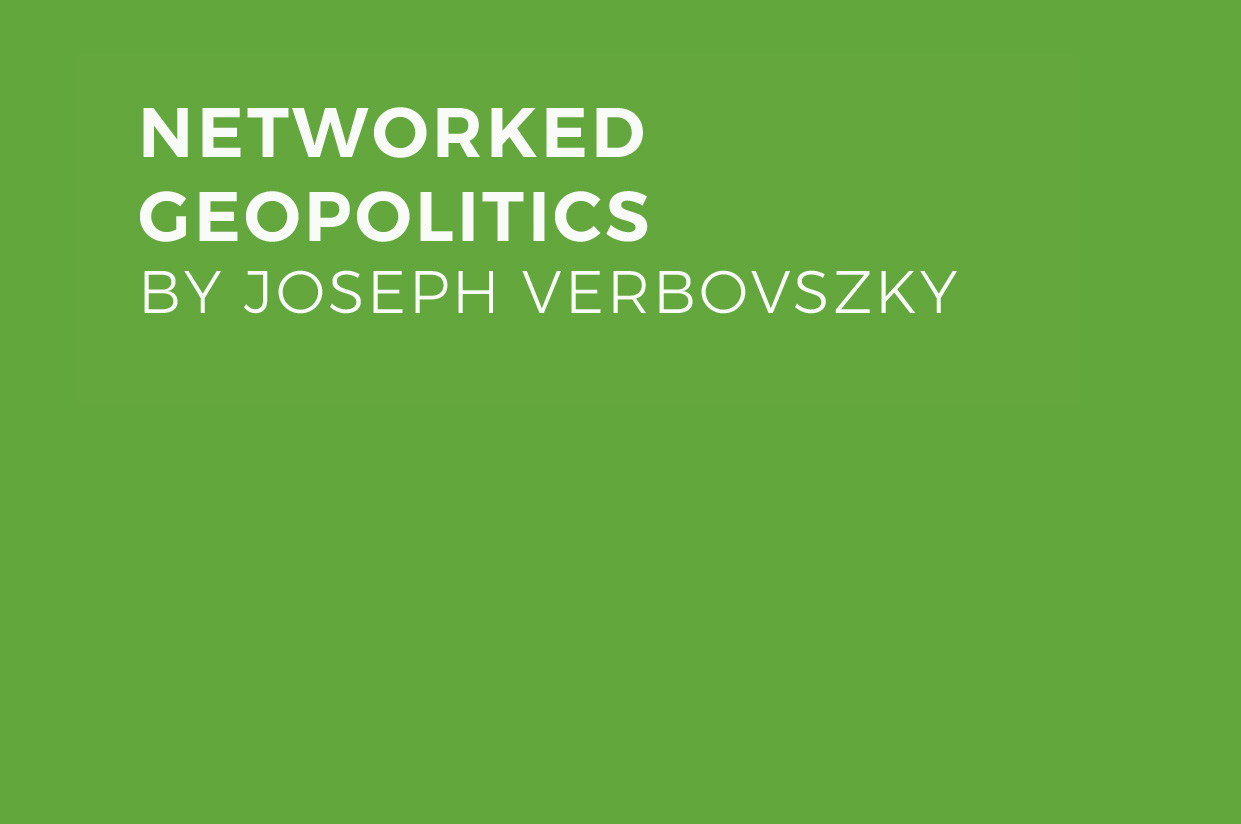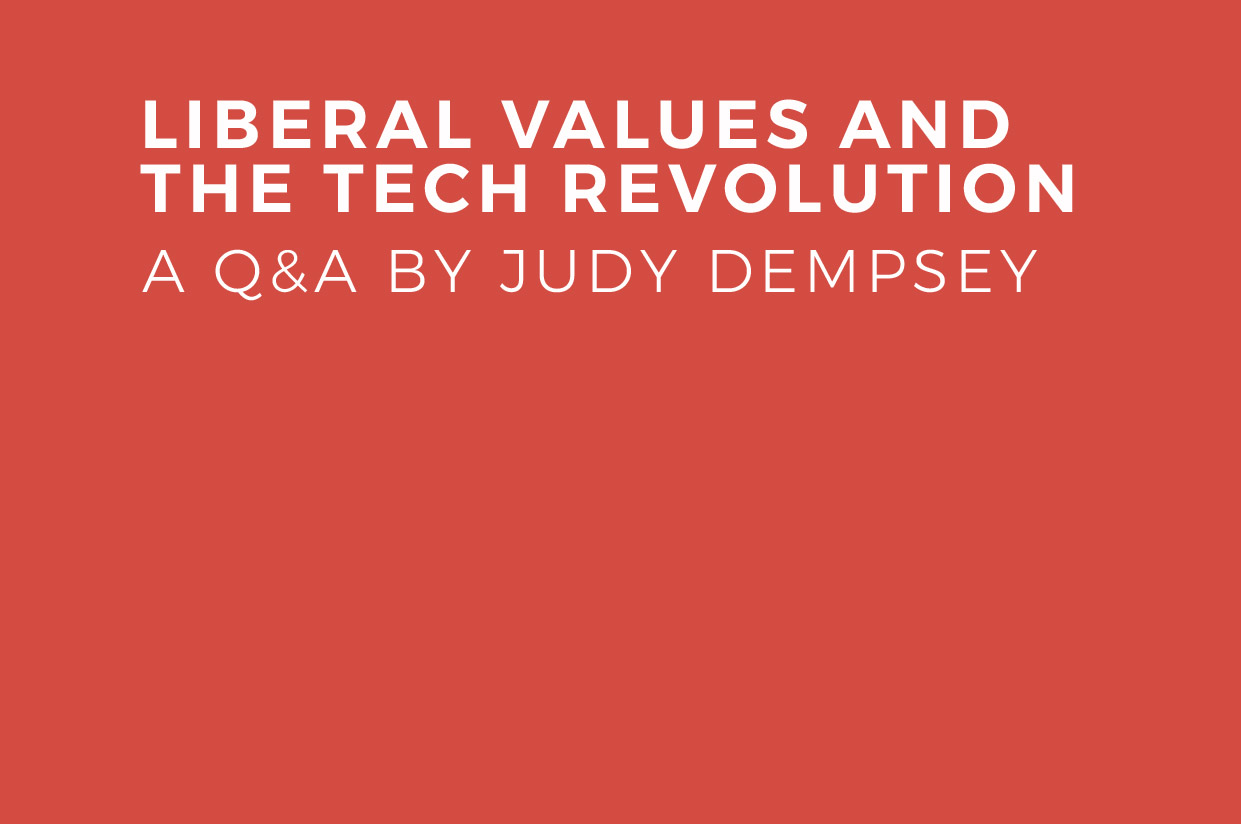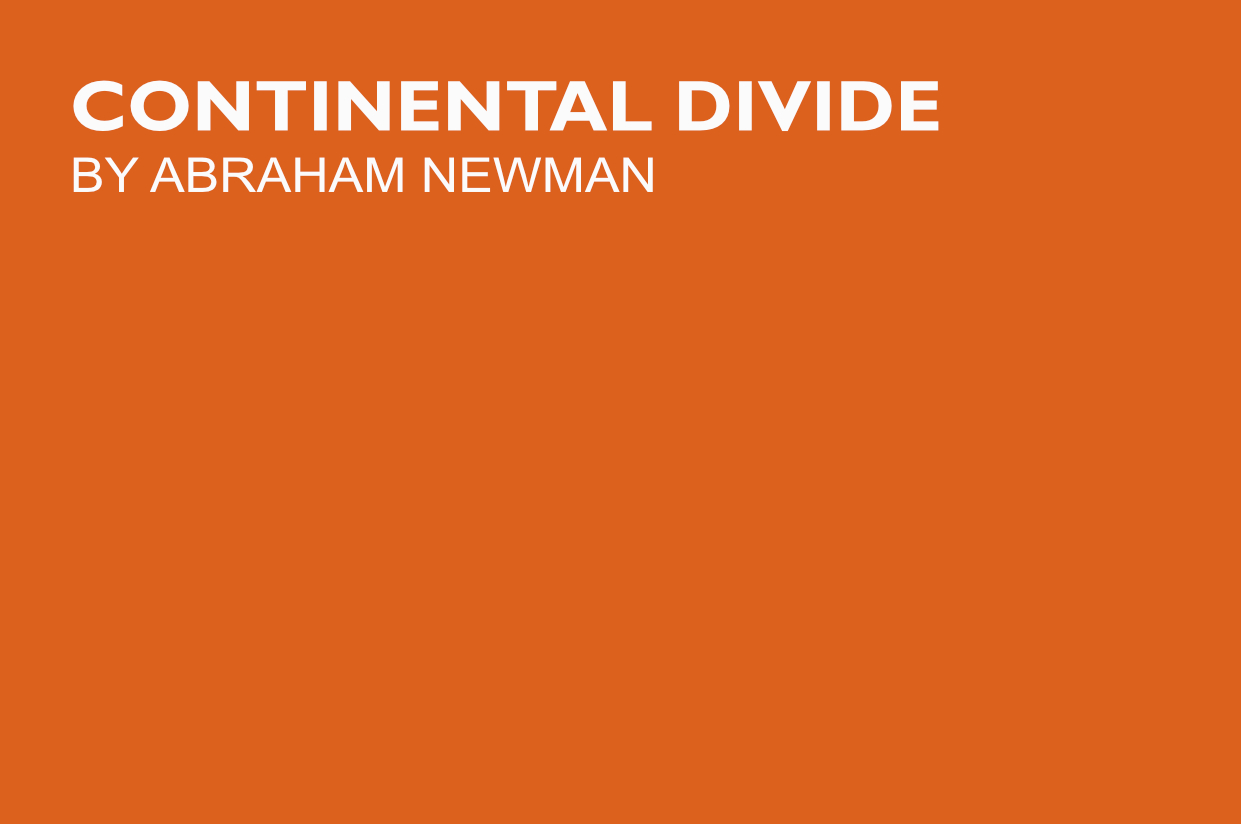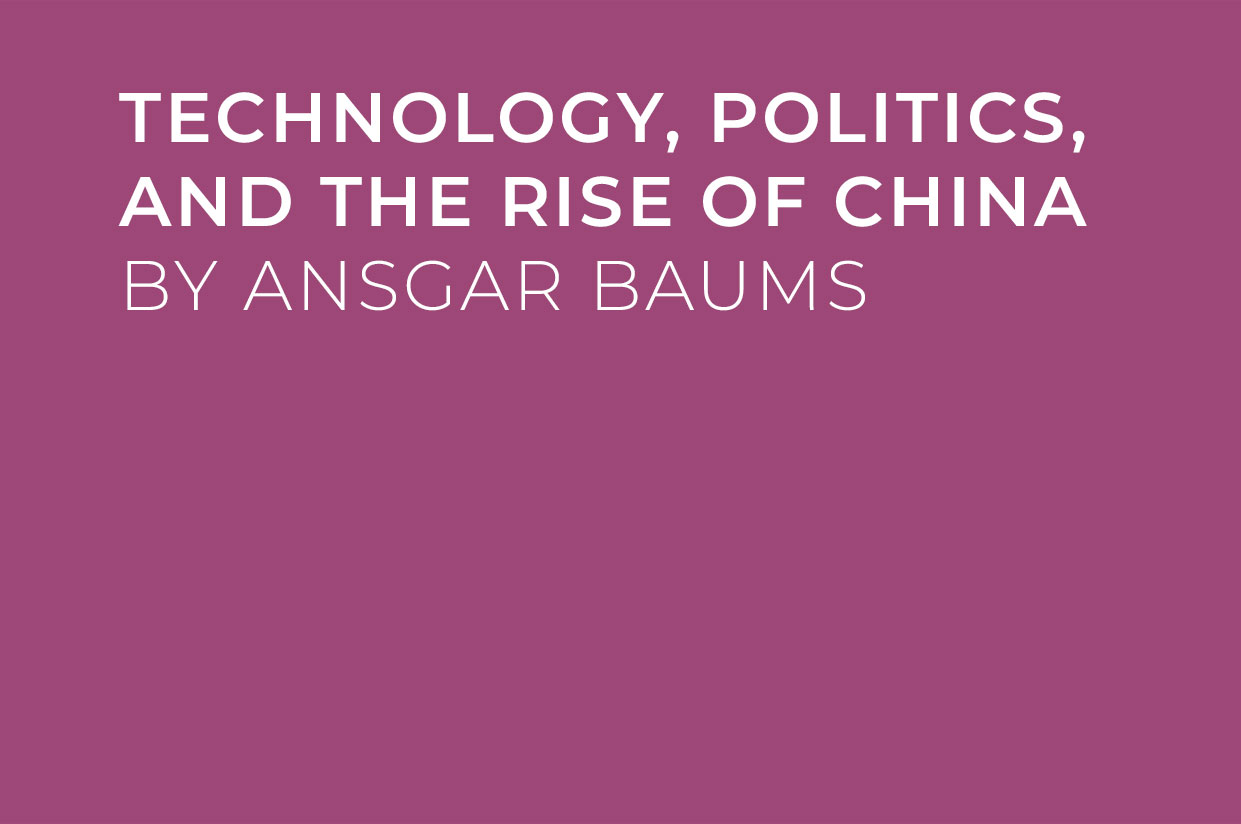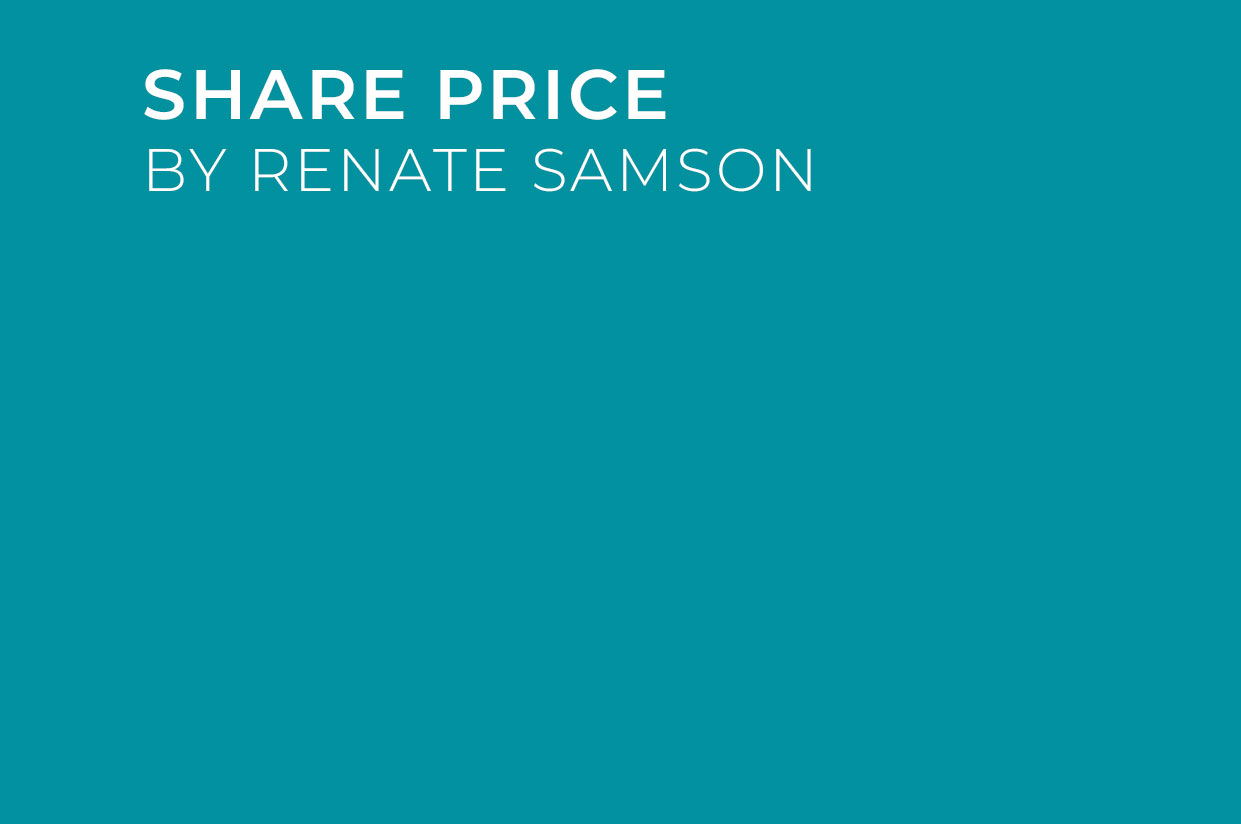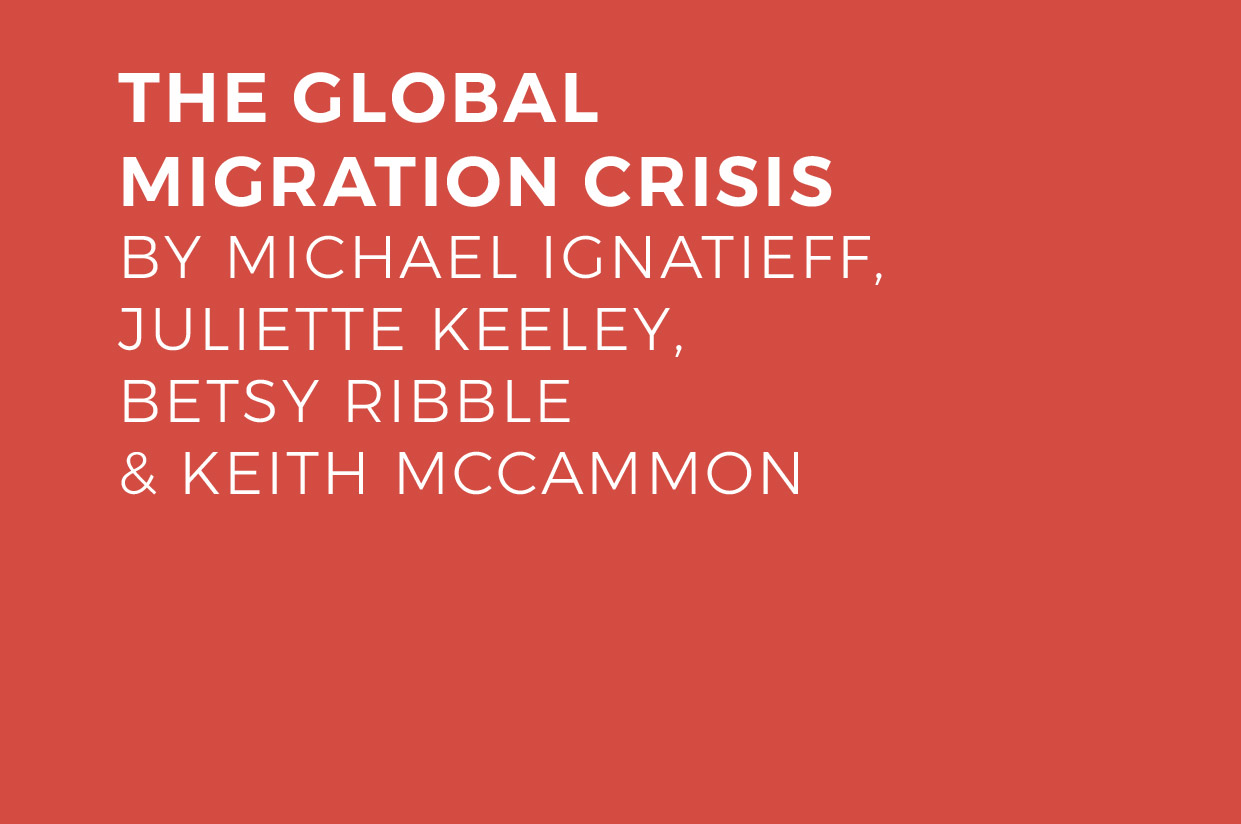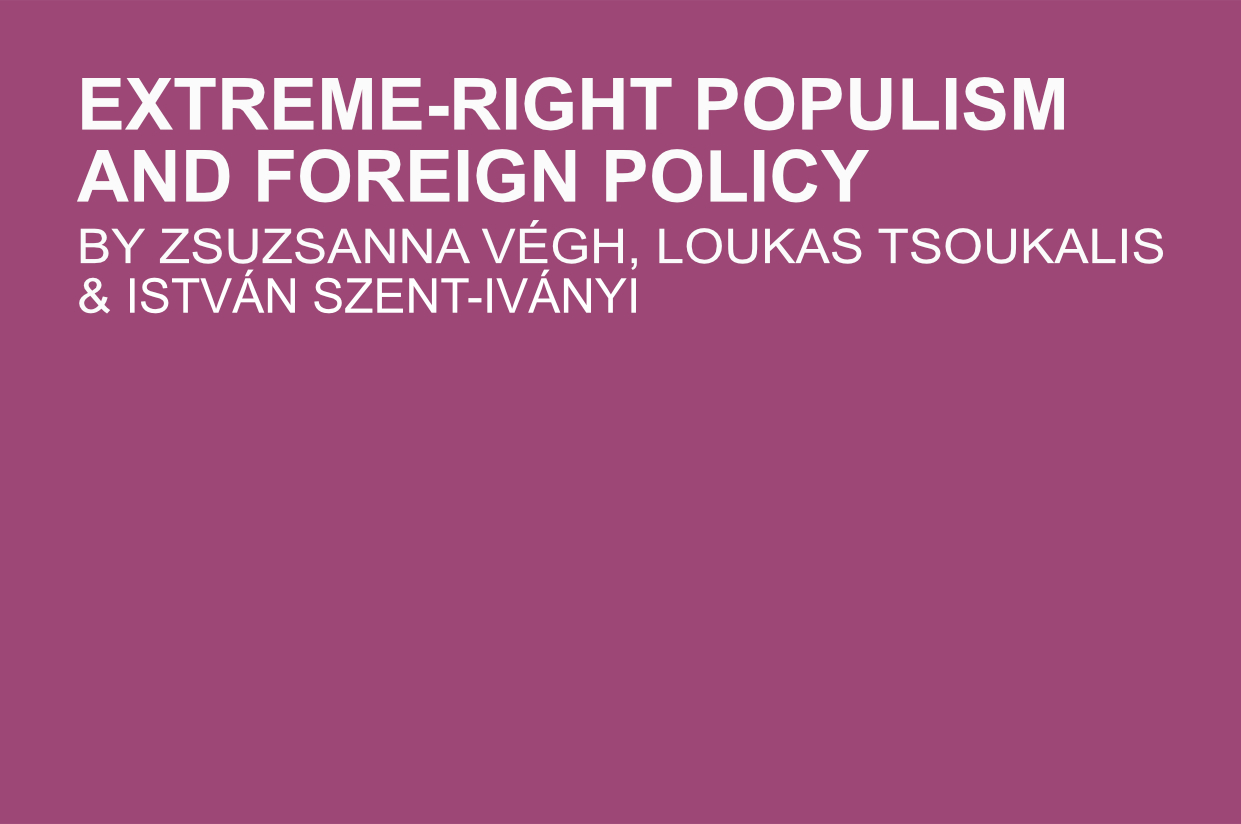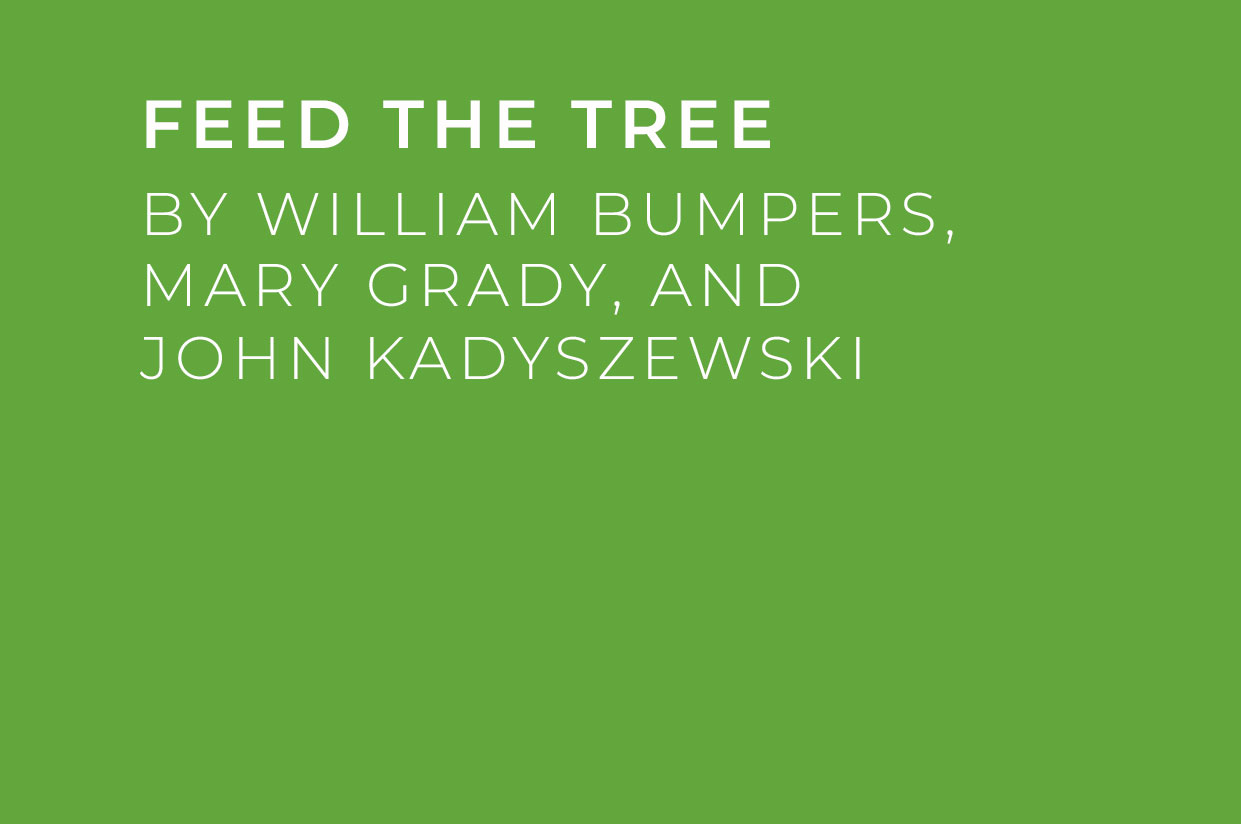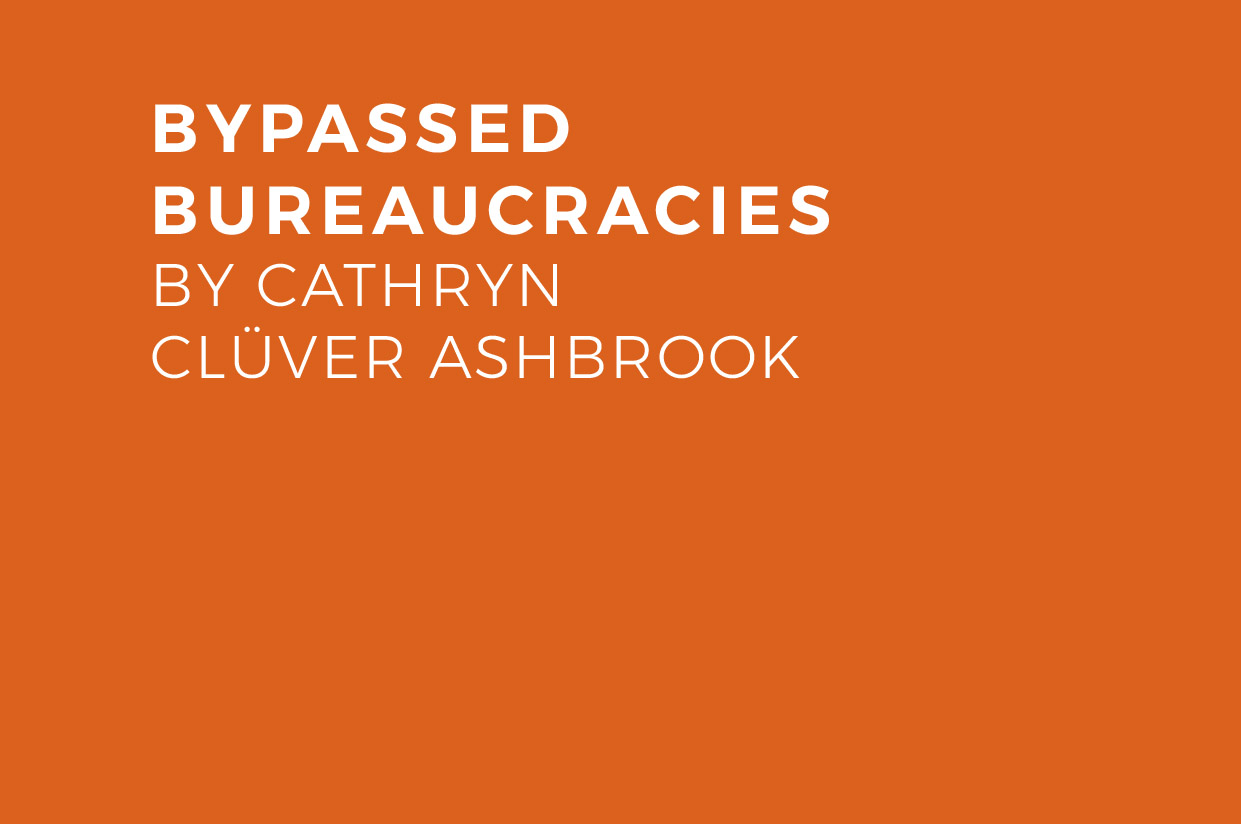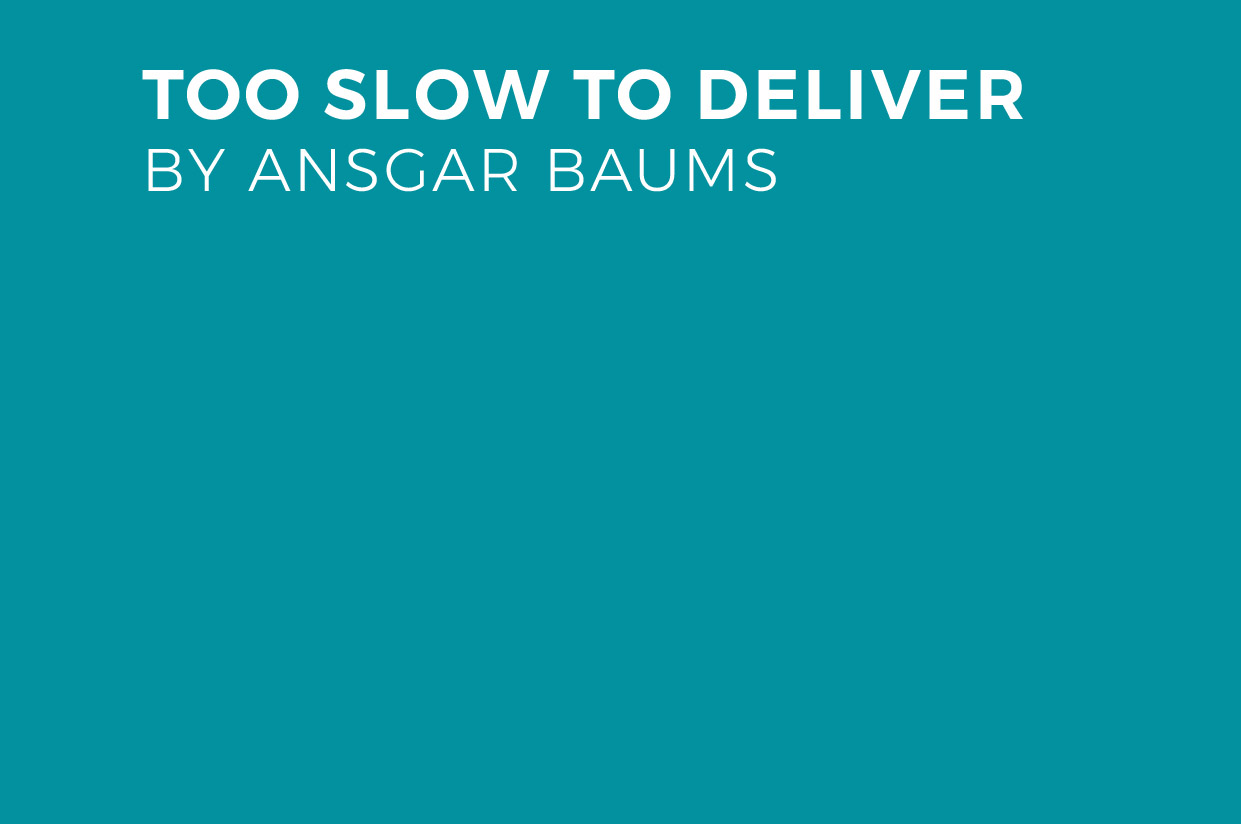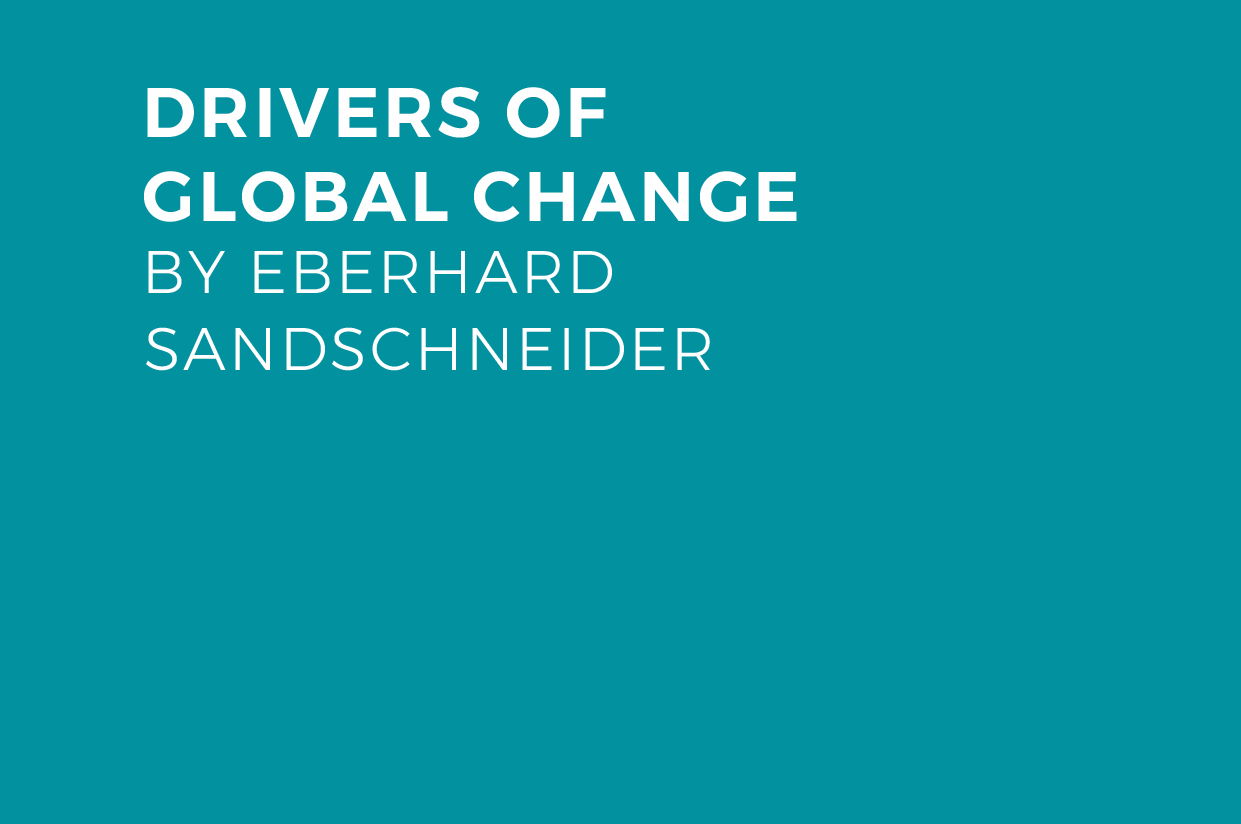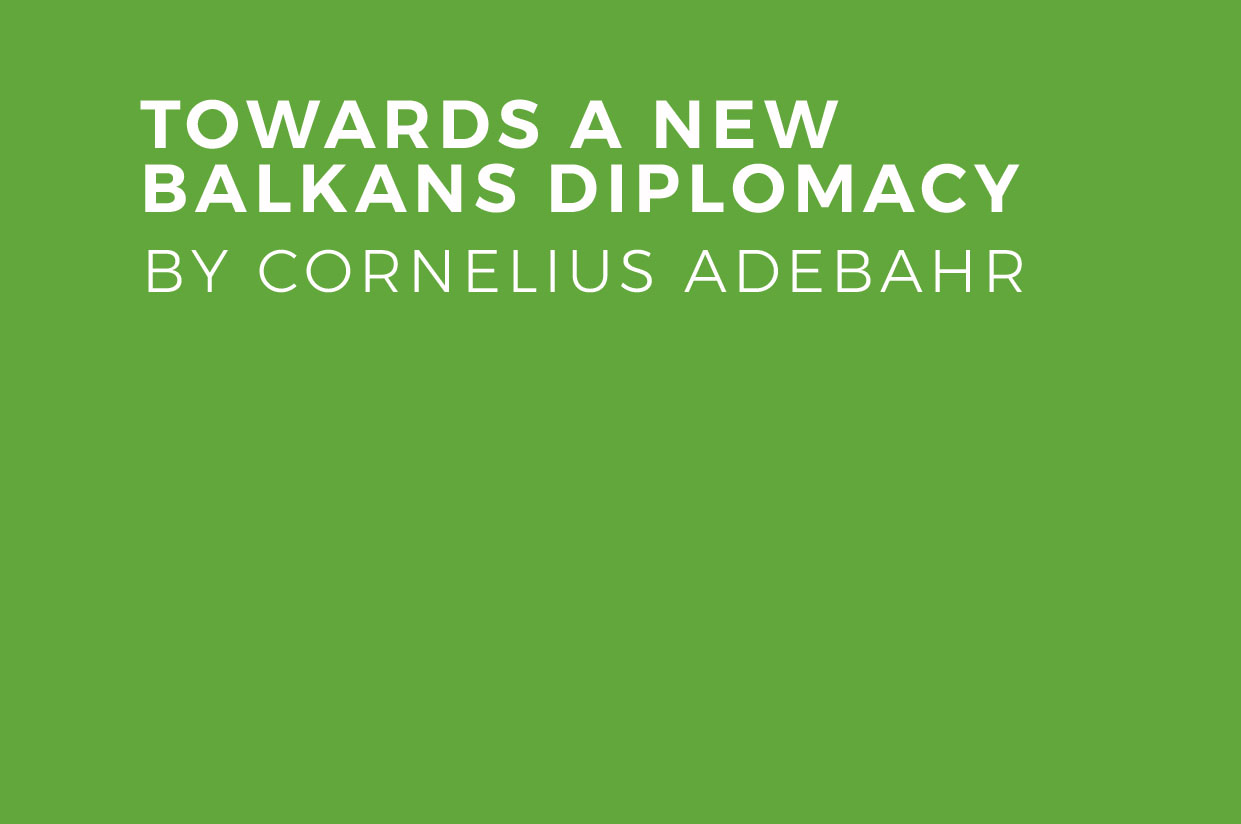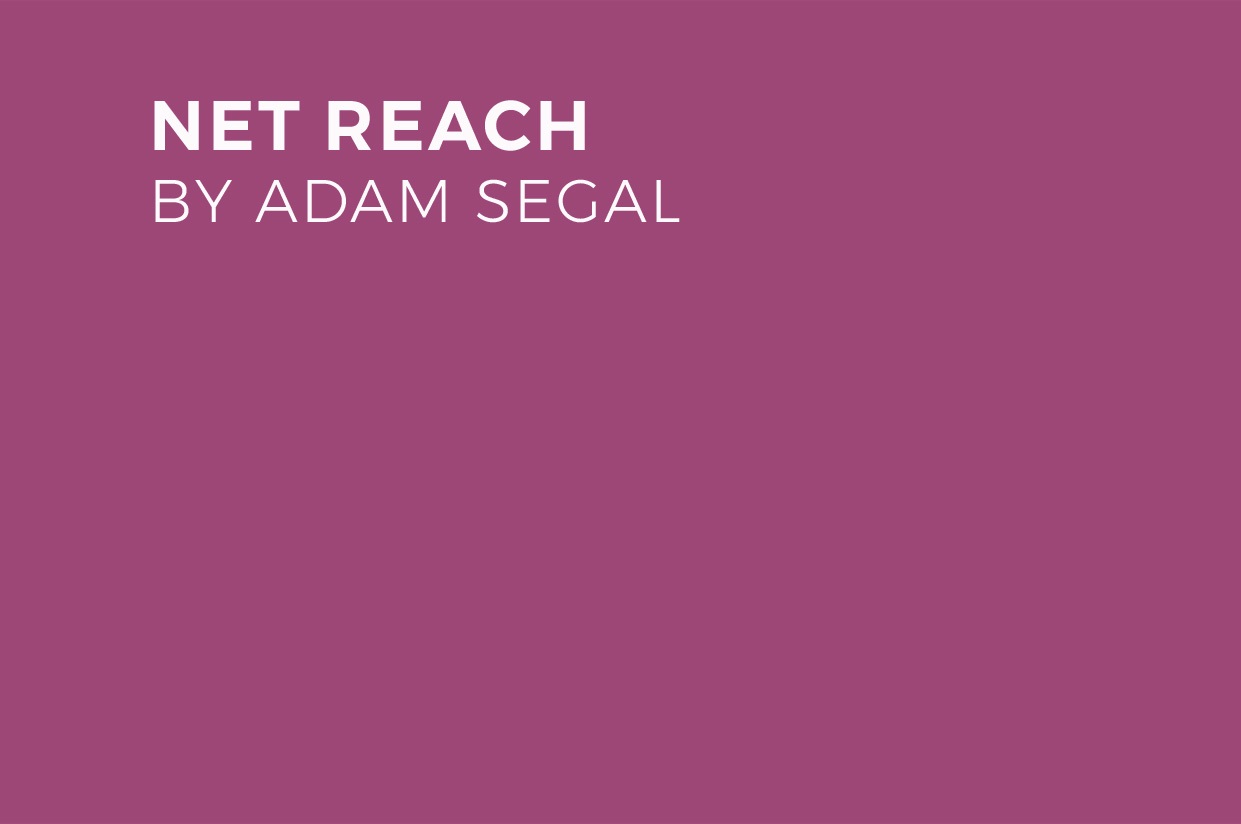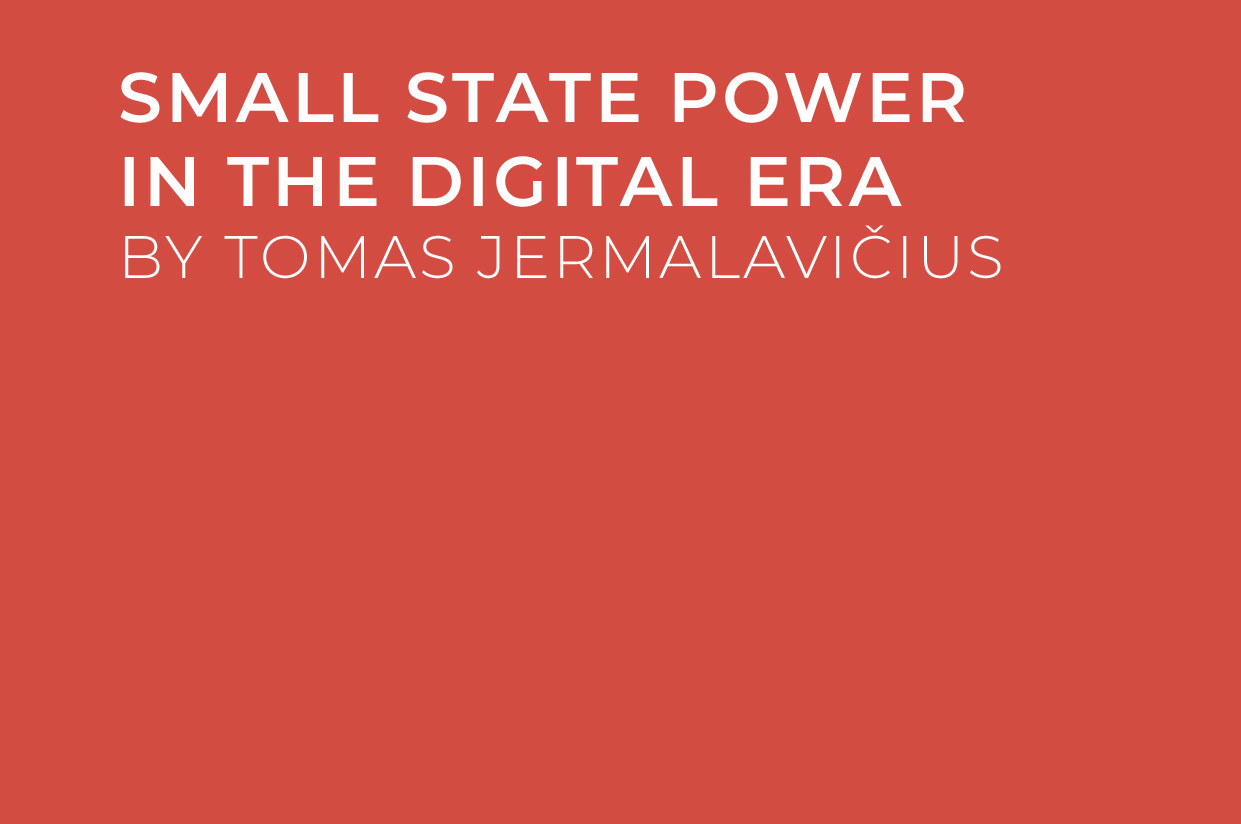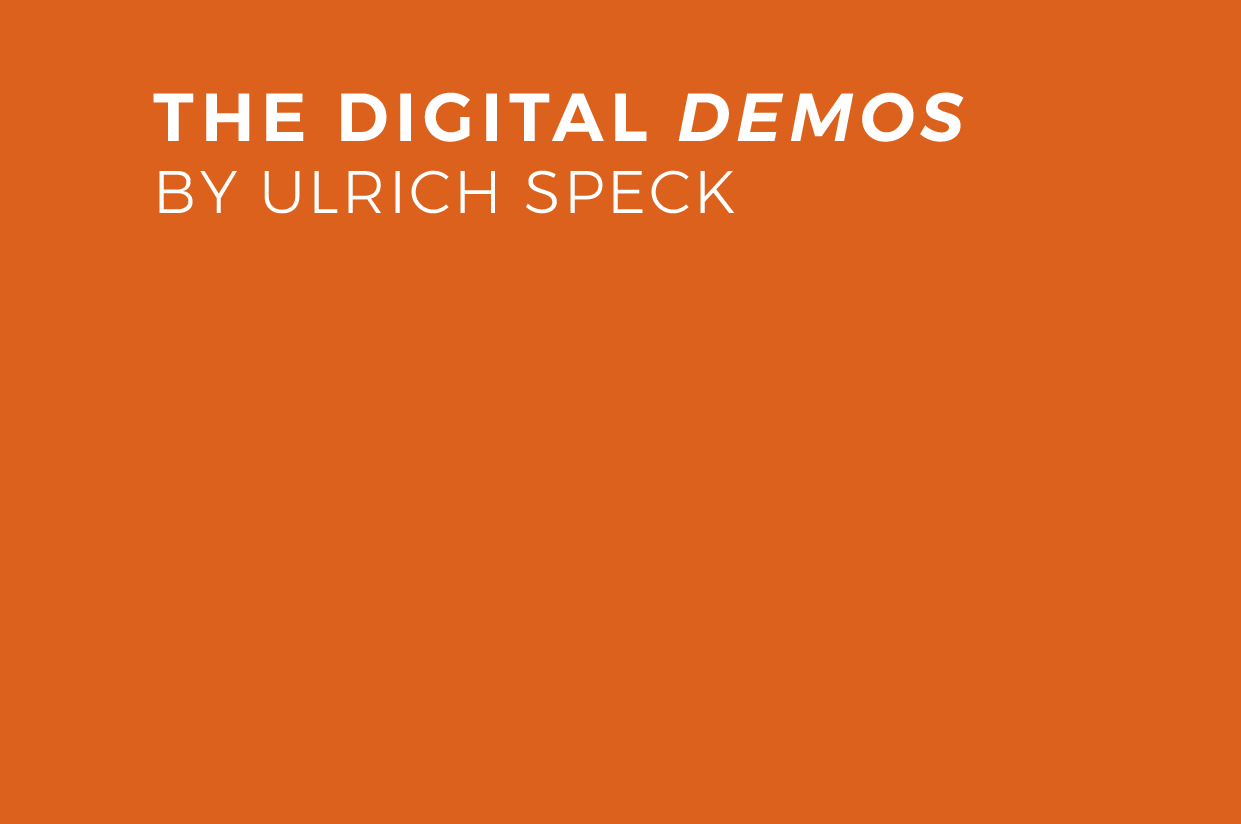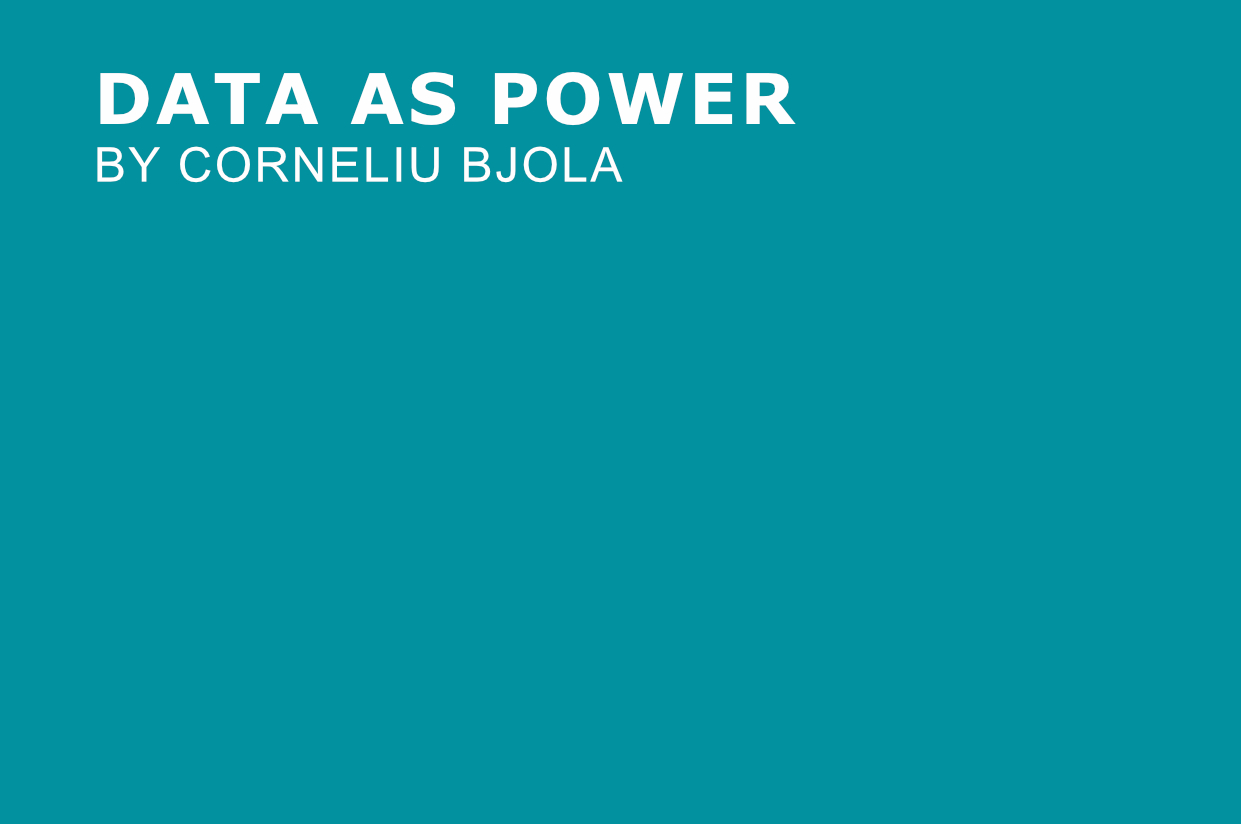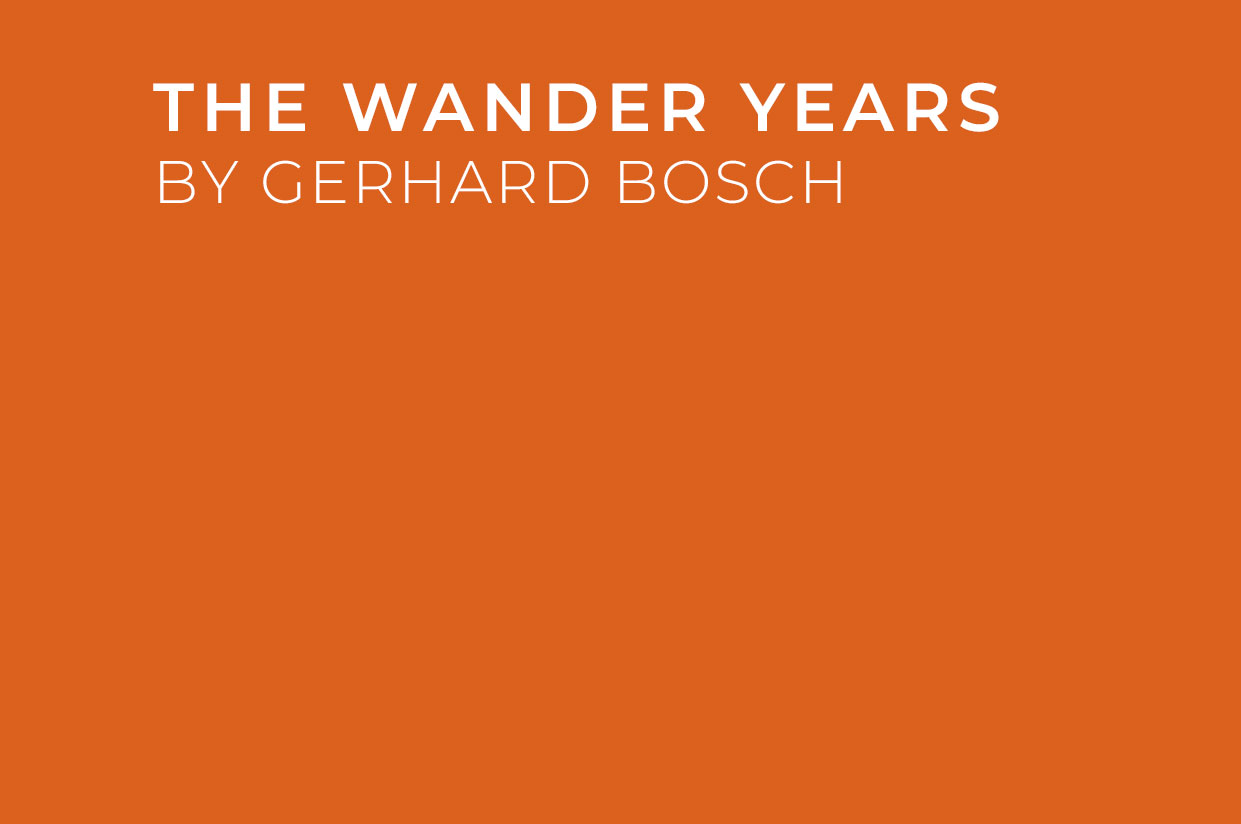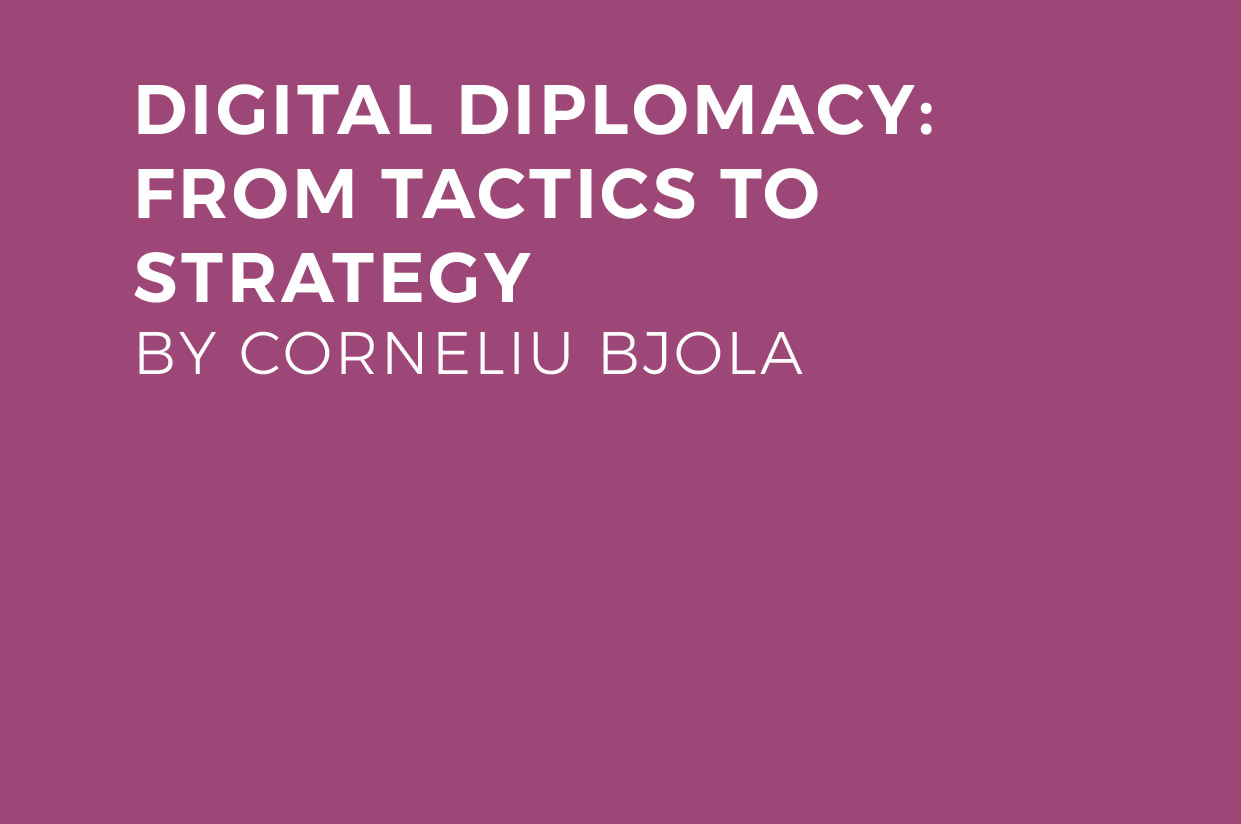
Digital Diplomacy: From Tactics To Strategy
Doing digitalization and diplomacy right
By Corneliu Bjola
And it ought to be remembered that there is nothing more difficult to take in hand, more perilous to conduct, or more uncertain in its success, than to take the lead in the introduction of a new order of things. Because the innovator has for enemies all those who have done well under the old conditions, and lukewarm defenders in those who may do well under the new. – Machiavelli
Contrary to Machiavelli’s prediction that innovation is always difficult to implement, the first stage of the digital transformation of diplomacy has been an astonishing success. For a profession with an inbuilt propensity for cultivating tradition, defending institutional hierarchy, and resisting change, the rise of digital diplomacy has been nothing short of a revolution. Within less than a decade since the launch of the first social media networks, 90 percent of all UN member states have established a Twitter presence, and 88 percent have opened a Facebook account with a combined audience of 325 million and 255 million, respectively, of followers, likes, and users (Twiplomacy 2016). Driven by the opportunity to engage with millions of people, in real time, and at minimal costs, Ministries of Foreign Affairs (MFAs), embassies, and diplomats have developed a constellation of new tools and methods in support of their activities. They range from the use of dedicated platforms for engaging with diaspora communities and foreign publics, communication with nationals in times of international crises, to the development of consular application for smartphones (Bjola 2017b).
Digital diplomacy—that is, the use of digital technologies in support of diplomatic objectives—is therefore no longer an inchoate field of expertise trying to find its balance in a world challenged and disrupted by the advance of social media technologies. At the same time, Machiavelli might still have a point, as organizational structures in general, and those of MFAs in particular, are notoriously difficult to change, and early successes might thus fail to translate into long-term results (Bjola 2017a). To do this, digital diplomacy would need to demonstrate that it holds not only tactical value for communicating MFA positions and interests, but also strategic significance as an element of statecraft by understanding how technology impacts relationships between states, and developing the capabilities to respond to those opportunities. In other words, for digital diplomacy to boost its institutional profile inside MFAs, it must escape the temptation of staying within the confines of public communication and demonstrate its strategic value in advancing foreign policy goals.
The paper will approach this question in two steps: first, by addressing four misconceptions about the role of digital diplomacy as an instrument of foreign policy; and, second, by explaining how digital diplomacy can move from tactics to strategy. It will be thus argued that the “Machiavelli trap” is hardly inevitable in this case, and that the innovative thrust of digital diplomacy can be enhanced by better understanding what digital diplomacy can do, what it cannot do, and by not blurring the lines between the two.
Misconceptions
The first and surprisingly common misconception about digital diplomacy is the Superman Myth, which claims that digital technologies can grant extraordinary powers to those using them, and in so doing, it can help them increase their diplomatic clout to levels they might otherwise not be able to reach. It is largely for this reason that small and medium-sized states (e.g., Sweden, the Netherlands, Mexico, Israel, Australia) have proved so keen adopters of digital diplomacy, as the latter presented itself to them as a great opportunity to “punch” diplomatically above their political or economic weight. It is thus assumed that by being able to directly reach and engage millions of people, MFAs and their network of embassies could positively shape the views of the global public about the country of origin, and, in so doing, increase the diplomatic standing of the country in bilateral or multilateral contexts. The argument has a seductive logic, not least because of the scope, scale, and reach that digital diplomacy affords MFAs to pursue. At the same time, it suffers from a structural flaw: namely, that digital technologies constitute a distinct source of power, which, if properly harnessed, can offset deficiencies in hard or soft power. In fact, the way in which digital technologies operate is by creating a platform through which other forms of power can be projected in support of certain foreign-policy objectives. In short, the digital cannot give MFAs Superman strength, but it can help them channel the strength they already have more efficiently and productively.
The second and fairly entrenched misconception is the Walk in the Park Myth, which supports the view that “going digital” is easy and MFAs can successfully pursue their digital diplomatic ambitions with relatively modest investments in training and resources. The speed by which the global public has migrated to the digital medium reinforces the idea of accessibility of social media platforms and the notion that anyone with basic technical skills can take part, shape, and influence online conversations. What this view neglects to acknowledge, however, is that with no clear direction or strategic compass, the tactical, trial-and-error methods by which MFAs seek to build their digital profile and maximize the impact of their online presence cannot demonstrate their value beyond message dissemination. In other words, the adoption of digital tools without an overarching strategy of how they should be used in support of certain foreign-policy objectives runs the risk of digital diplomacy becoming decoupled from foreign policy. The strategic use of digital platforms imposes order on digital activities through the definition of measurable goals, target audiences, and parameters for evaluation. The goals determine the target audience, which in turn determines the platforms, methods, and metrics to be used. This implies that training cannot be limited to the art of crafting messages, but must rather professionalize itself and focus on developing skills by which digital diplomats can strategically harness the power of digital platforms towards achieving predefined and measurable goals.
The strategic use of digital platforms imposes order on digital activities through the definition of measurable goals, target audiences, and parameters for evaluation. The goals determine the target audience, which in turn determines the platforms, methods, and metrics to be used.
The third and growing misconception is the Extinction Myth, according to which digital diplomacy will gradually replace or make redundant traditional forms of diplomacy. On the weaker side of the myth, there exists a perception that digital technologies have the capacity to fundamentally change how diplomats perform their traditional functions of representation, communication, and negotiation to the point that they may even put an “end to diplomacy,” as Lord Palmerstone similarly quipped when he noticed of the arrival of the telegraph. Stronger versions of the myth go a step further and acknowledge the possibility of having physical embassies and even diplomats replaced at some point by virtual reality (VR) (Bengtsson 2011) and artificial intelligence (AI) (Kurbalija 2017). While digital technologies have demonstrated clear potential for revolutionizing how diplomats conduct public diplomacy, deliver consular services, or manage crises, one should nevertheless be mindful of the fact that the core function of diplomacy that is, relationship building and management cannot be accomplished without close and sustained human contact. The myth may thus be right about the fact that by increasing efficiency, digital technologies would likely reduce the number of diplomats required to perform certain routine functions. At the same time, the “extinction” hypothesis is hardly credible; the negotiation of human values and interests cannot be delegated to machines, and the amount of trust and mutual understanding that makes the wheels of diplomacy turn cannot be built without humans.
The fourth, and rather dark, misconception about digital diplomacy is the Darth Vader Myth, which sees the positive potential of digital platforms for engagement and cooperation at risk of being hijacked by the “dark side” of technology and redirected for propagandistic use. The digital disinformation campaigns attributed to the Russian government, which has allegedly been seeking to disrupt electoral processes in Europe and the United States in recent years, offer credible evidence in support of this view (US Senate Committee on Foreign Relations 2018). More worryingly, how the digital medium operates makes it an easy target for use in propaganda. Algorithmic dissemination of content and the circumvention of traditional media filters and opinion-formation gatekeepers makes disinformation spread faster, reach deeper, become more emotionally charged, and, most importantly, become more resilient due to the confirmation bias that online echo-chambers enable and reinforce (Bjola 2018).
That being said, one should be mindful that any technology faces the problem of double use, as the case of nuclear energy clearly illustrates. Trends are also important to consider: with 3.02 billion people or 38 percent of the world population expected to be on social media by 2021 (Statista 2017), a fast growing rate of global mobile penetration and the anticipated launch of the 5G technology in the next few years, the potential for positive and meaningful digital diplomatic engagement is strong and substantial. As long as the prospective benefits of digital diplomacy outweigh the risks, the pollution of the online medium by the “dark side” would likely stay contained, although its pernicious effects might not be completely eliminated.
Getting It Right
In an effort to move beyond these misconceptions, MFAs have started to shift their policy priority from merely conducting digital diplomacy to the more ambitious objective of “getting it right.” “Diplometrics,” the new term coined by MFAs for measuring digital impact, seeks, for instance, to identify quantitative combinations of factors (measurable objectives, progress indicators, engagement ratios etc.) that can best track and shape the impact of digital policies and campaigns in real time. At the same time, getting digital diplomacy right cannot be reduced to an exercise of fine-tuning quantitative metrics of message dissemination (Bjola 2016). It must also involve a qualitative approach by which to capture whether digital engagement can shape the views of the target audience and whether it can generate online relationships of relevance for offline diplomatic activity.
Against this background, there is now a growing understanding that “getting it right” cannot result from merely “copying and pasting” methods and strategies from political communication or business marketing. It requires instead a closer understanding of the intrinsic characteristics of the digital medium. MFAs must therefore move beyond the current focus on the public-facing, “front-end” of digital diplomacy (message dissemination and engagement) and think carefully about how to design the “back-end” architecture supporting their digital strategies and operations (data analysis and network development). In other words, without a good understanding of the processes by which data is shared online, of the way in which communities form and evolve online, and of the connection between the two, MFAs will not be able to move up to the next level of professionalization of digital diplomacy.
There is now a growing understanding that “getting it right” cannot result from merely “copying and pasting” methods and strategies from political communication or business marketing. It requires instead a closer understanding of the intrinsic characteristics of the digital medium.
Three key objectives should guide MFAs’ efforts in this direction: a) How to minimise the perception gap between the audience and the MFA’s self-image (perception convergence); b) How to ensure that online networks support and enhance the MFA’s strategic objectives (productive networking) c) How to adapt and upgrade the repertoire of skills necessary for addressing (a) and (b) (training)
From a communication perspective, algorithms, visuals, and emotions are key features of the digital medium as they inform, shape, and define how well MFAs’ messages travel online. More specifically, they structure the framework of interaction between MFAs and their intended audiences by tailoring messages to individual preferences, defining cognitive frames of interpretation, and managing expectations respectively. Trial-and-error methods seeking to align these factors into suitable combinations work normally well when the audience is generally sympathetic to the messenger as the perception gap is relatively small and hence, easy to bridge. The situation becomes much more complicated when the audience has unstructured preferences or even negative perceptions of the MFA’s policies. The solution in this case rests with using analytical tools that can accurately reveal the preferences of the audience (data analysis), capture the breadth of the perception gap (sentiment analysis), and then combine these insights into alternative models (prescriptive analysis) with good foresight power, on the basis of which an action plan can be then selected and pursued. For example, if the strategic objective set by the MFA is to increase the level of remittances sent back home by the diaspora, the views of the intended audience on the topic first need to be aggregated and examined; a set of narratives must then be designed and tailored to the digital profile of the intended audience; the return on investment value of alternative digital strategies need to be compared and assessed; and, finally, an action plan has to be developed for implementing and monitoring the online and offline impact of the agreed digital strategy.
From an engagement perspective, the type, size, and reach of the “network of networks” that MFAs (or embassies) build and manage online can make a significant difference for their ability to amplify and protect their digital influence. The more diverse, larger, and more connected these networks are, the stronger their ability to extend themselves in multiple configurations and, by extension, the greater the digital influence of the MFA. Building digital networks is, however, a delicate matter. It cannot be reduced to an effort of attracting followers indiscriminately; it must take aim at creating online communities with a strategic compass so that they can support and enhance the MFA’s foreign-policy objectives. Five questions are particularly important to consider when building the “networks of networks” (NN): What type of NN is most suitable for advancing MFA’s goals? How should one activate NN in support of the MFA’s policies? How should one avoid the “preaching to the choir” trap? How to ensure NN is not used by adversaries against the MFA itself? How to convert NN digital influence into “offline” influence?
The first and second considerations speak to the issue of effectiveness. It is important for MFAs to make sure that their online community of influencers includes a good combination of policymakers, journalists, academics, diplomats, and diaspora leaders, who take an active interest in MFAs policies. The third and fourth considerations highlight the risks that digital networks may pose to MFAs’ activity. More specifically, MFAs need to make sure their messages reach beyond the immediate layer of sympathetic audiences, and that their network has sufficient fail-safe solutions (e.g., algorithms and/or counter-narratives) to prevent or deflect potential hijacking attempts by rival groups. Finally, the connection between the MFA and its online network should be sufficiently strong so that it could lead to offline results of relevance for the MFA (e.g., research input from academics, media reports from journalists, partnership initiatives from other diplomats, etc.).
Finally, from a skill-development perspective, MFAs need to review the spectrum of skills that diplomats require in order to be successful in their work in the digital age. More specifically, they need to identify what traditional skills are less or no longer relevant, what skills are still relevant but need to be updated, and what new skills are required for mainstreaming digital technologies into MFAs’ activities. One would expect, for instance, that digitization could be of great use in consular services, for example, by reducing workload around inquiry, announcement, and document processing. Skills related to communication, reporting, and cultural engagement will remain relevant, but they need to demonstrate proficiency for the digital medium as well. New skills such as data analytics, visual reasoning, and adaptive thinking would be particularly valuable for reading patterns of online behavior, projecting messages effectively, and reacting successfully to online events in real time. The changing repertoire of skills would prompt, by necessity, a rethinking of the training methods and delivery platforms that diplomatic academies currently use in their work. From knowledge-dissemination systems centred on offline lectures and seminars, diplomatic training in the digital age would need to embrace knowledge-generation models delivered on multiple online platforms and focused on data-driven simulation, scenario building, and social network analysis.
New skills such as data analytics, visual reasoning, and adaptive thinking would be particularly valuable for reading patterns of online behavior, projecting messages effectively, and reacting successfully to online events in real time.
To conclude, the innovation potential of digital diplomacy remains largely untapped, but in order to access it, it is important to understand what digital diplomacy can do, what it cannot do, and to avoid blurring the lines between the two. While the main focus of MFA attention has thus far been the public-facing “front-end” of digital diplomacy (message dissemination and engagement), the next step needs to involve a more active role in establishing the “back-end” architecture supporting MFAs’ digital strategies and operations (data analysis and network development). This way, the gap between digital diplomacy and foreign policy opened up by the tactical use of digital diplomacy can be reduced and minimized via a strategic approach that connects foreign-policy goals to target audiences, engagement methods, skill development, and online/offline influence.
Corneliu Bjola (PhD, Univ. of Toronto, @cbjola, www.cbjola.com) is Associate Professor in Diplomatic Studies at the University of Oxford and Chair of the Oxford Digital Diplomacy Research Group. He is the author or co-editor of six books, such as Digital Diplomacy: Theory and Practice (2015), and the forthcoming volume on Countering Online Propaganda and Violent Extremism: The Dark Side of Digital Diplomacy (2018), and of various articles published in scholarly journals such as the European Journal of International Relations, Review of International Studies, International Negotiation, Global Policy, Journal of Global Ethics and the Hague Journal of Diplomacy. His current research interests focus on the impact of digital technology on the conduct of diplomacy, especially with respect to crisis management, public diplomacy and international negotiation.
References:
Bengtsson, Stina. 2011. “Virtual Nation Branding: the Swedish Embassy in Second Life.” Journal For Virtual Worlds Research no. 4 (2).
Bjola, Corneliu. 2016. “Getting digital diplomacy right: what quantum theory can teach us about measuring impact.” Global Affairs no. 2 (3):345-353.
———. Adapting Diplomacy to the Digital Age: Managing the Organisational Culture of Ministries of Foreign Affairs 2017a [Accessed June 22, 2017]. Available from https://www.swp-berlin.org/fileadmin/contents/products/arbeitspapiere/WP_Diplomacy21_No9_Corneliu_Bjola_01.pdf.
———. Digital diplomacy 2.0 pushes the boundary. Global Times, Nov 5, 2017b [Accessed Jan 15, 2018]. Available from http://www.globaltimes.cn/content/1073667.shtml.
———. 2018. “Propaganda in the digital age.” Global Affairs no. 3 (3).
Kurbalija, Jovan. Negotiating with robots: Future or fiction? , Sept 15, 2017 [Accessed Jan 10, 2018]. Available from https://www.diplomacy.edu/blog/negotiating-robots-future-or-fiction.
Machiavelli, Nicolo. 2000. The Prince,. South Bend, U.S.: Infomotions, Inc.
Statista. umber of social media users worldwide from 2010 to 2021 2017 [Accessed Jan 18, 2018]. Available from https://www.statista.com/statistics/278414/number-of-worldwide-social-network-users/.
Twiplomacy. Twiplomacy Study 2016, May 31, 2016 [Accessed July 7, 2016]. Available from http://twiplomacy.com/blog/twiplomacy-study-2016/.
U.S. Senate Committee on Foreign Relations. Putin’s asymmetric assault on democracy in Russia and Europe: implications for U.S. national security, Jan 10, 2018 [Accessed Jan 19, 2018]. Available from https://www.foreign.senate.gov/imo/media/doc/FinalRR.pdf.
© 2018 American Academy in Berlin. Responsibility for the information and views set out in this article lies entirely with the author. Reproduction is authorized provided the source is acknowledged.

